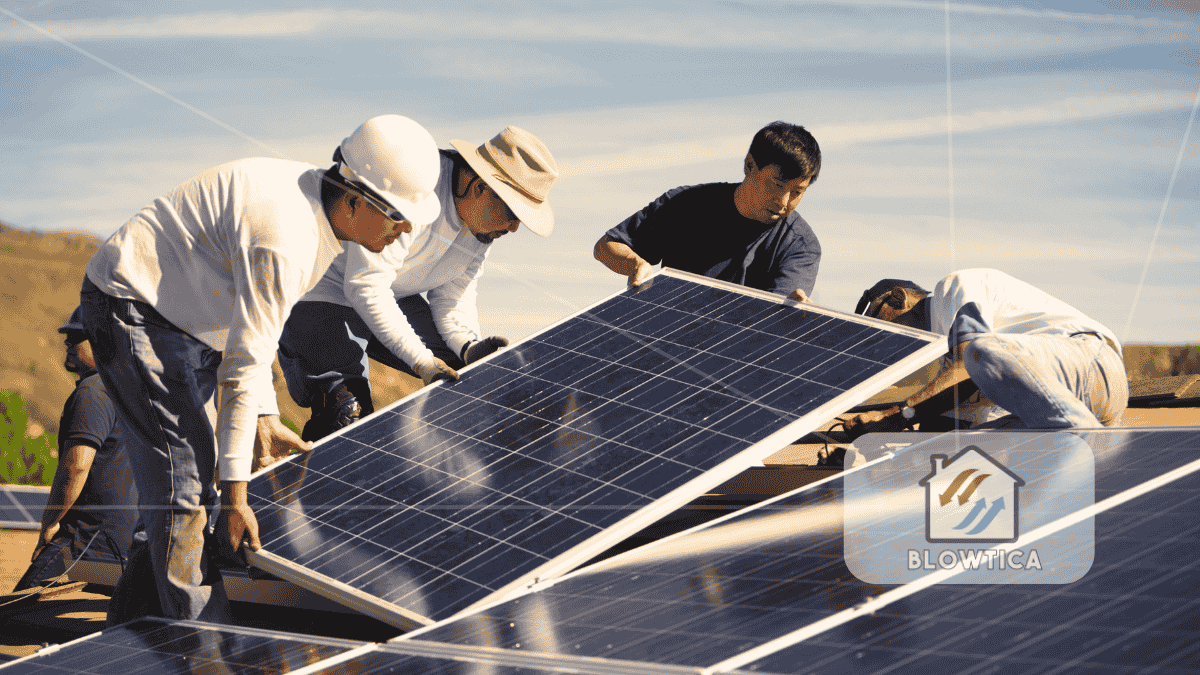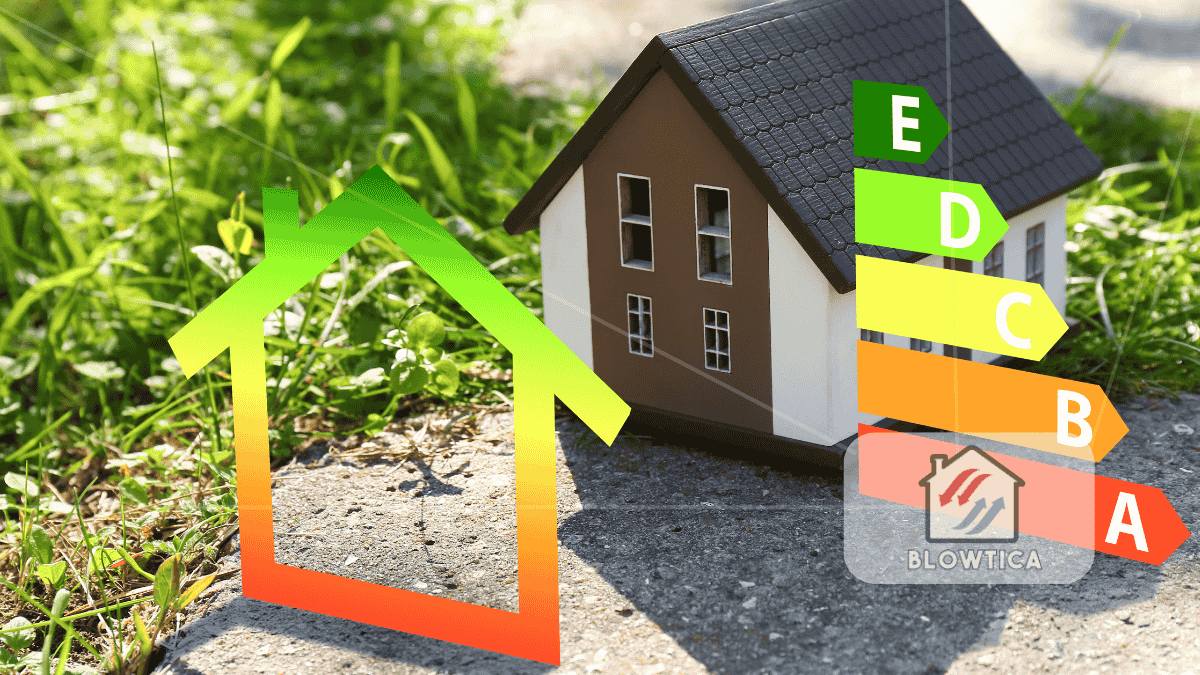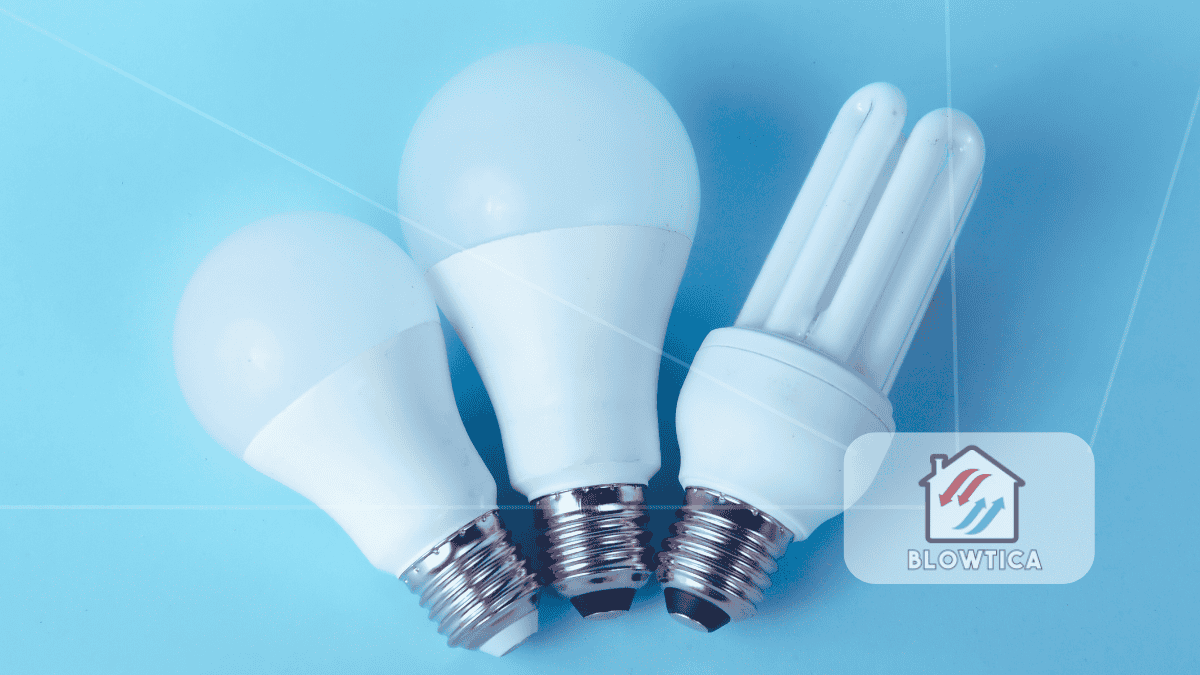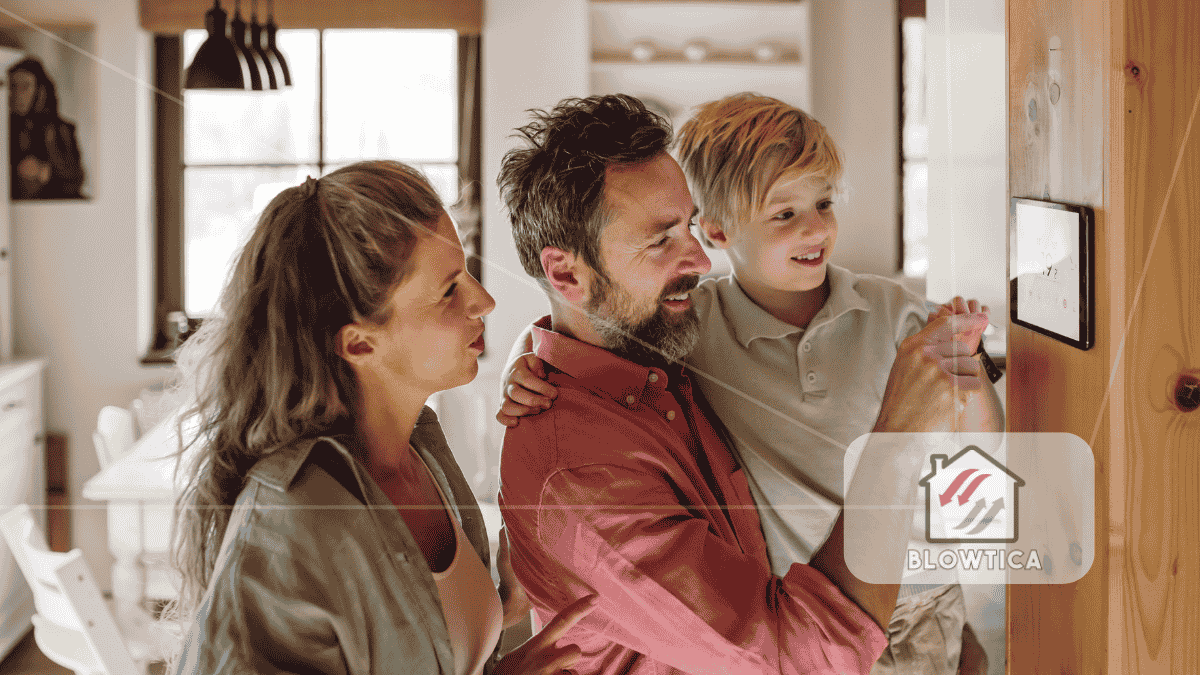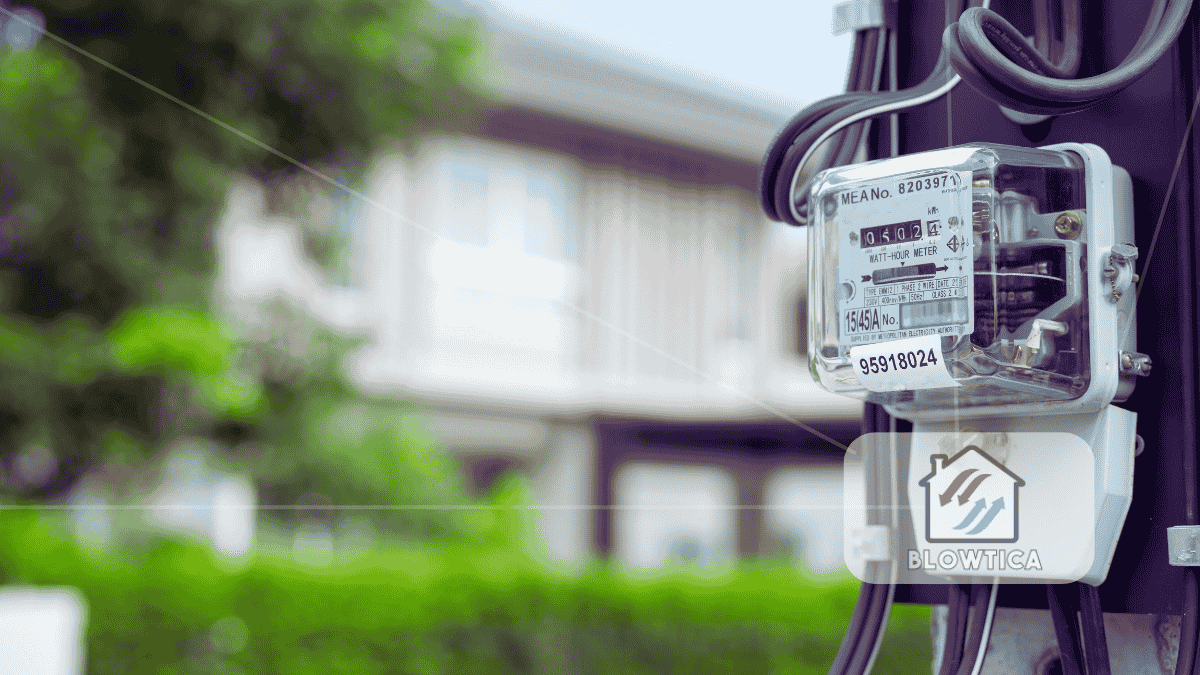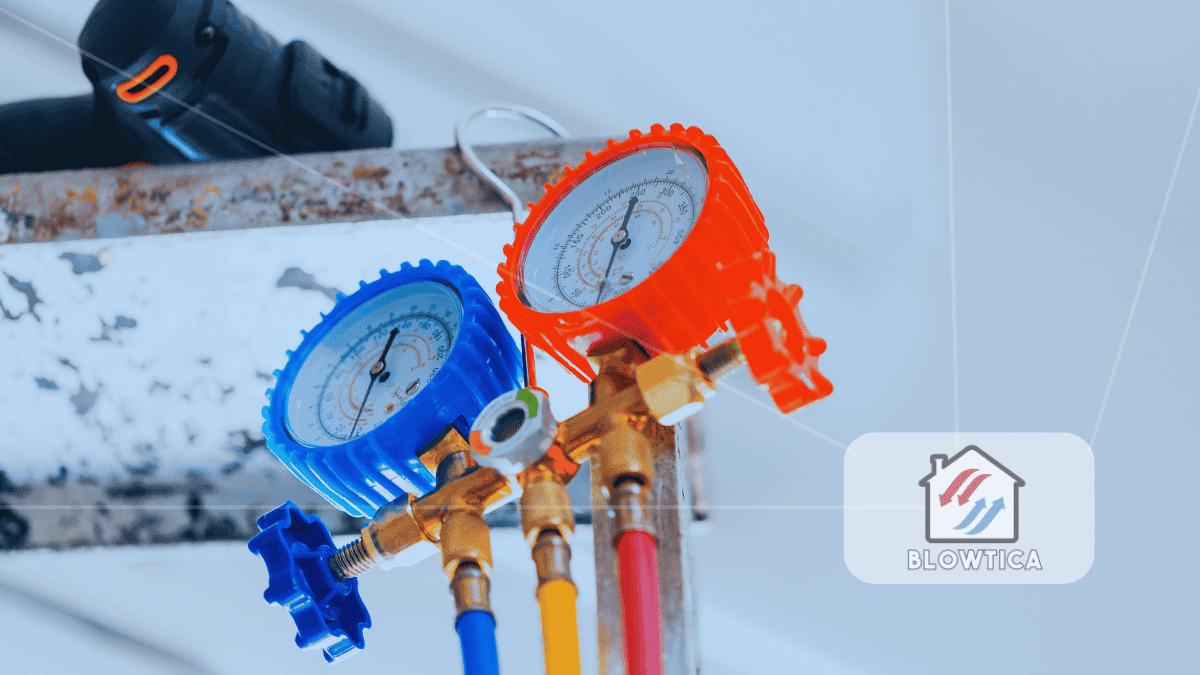
If you’re in charge of HVAC planning in 2025, whether for a commercial building, multi-unit property, or your own home low-GWP refrigerants & HVAC upgrade costs are likely on your radar. The industry’s shifting fast due to climate policies, refrigerant bans, and increasing energy prices. What was once optional is now unavoidable: staying compliant and sustainable requires switching to refrigerants with minimal environmental impact.
But how much does it actually cost? What changes are needed to your system? And how do you make the transition smoothly without blowing your budget?
Let’s unpack all of that in real-world terms.
What Are Low-GWP Refrigerants?
Low-GWP refrigerants are cooling agents with reduced impact on the climate. GWP or global warming potential is a metric that compares a gas’s heat-trapping ability to CO₂. For context:
- R-22 has a GWP of 1,810
- R-410A sits at 2,088
- R-1234yf is less than 1
- CO₂ (R-744) scores exactly 1
In short, the lower the number, the better for the planet.
Today’s most popular low-GWP refrigerants include:
- R-1234yf / R-1234ze: These are HFOs (hydrofluoroolefins), common in newer car A/C and large chillers.
- R-290: That’s propane used in small commercial freezers and rooftop units.
- R-744: CO₂, mostly for supermarket refrigeration or heat pumps.
- R-717: Ammonia great efficiency, but only suited to industrial use due to toxicity.
Choosing the right refrigerant involves trade-offs around flammability, system pressure, and cost. That’s where upgrade planning gets serious.
Why This Matters in 2025
There are three undeniable reasons why low-GWP refrigerants & HVAC upgrade costs are now front and center:
1. Regulations Are Tightening
Global agreements like the Kigali Amendment are in full swing. The U.S., EU, and dozens of other countries are capping the production and import of high-GWP refrigerants. As of 2025, many states and countries have banned R-410A in new systems.
In other words: you may no longer have a legal option to stick with your current refrigerant.
2. Prices of Legacy Refrigerants Are Spiking
With supply shrinking, refrigerants like R-22 and R-410A are getting expensive. In some areas, reclaimed R-22 now costs over $60 per pound, if you can even find it.
3. ESG and Energy Pressure
Energy-intensive buildings are under the microscope. More commercial tenants now expect green certifications. Residential buyers are also asking about future HVAC costs. Making the switch to a low-GWP system improves energy scores and resale value.
How HVAC Systems Must Change
Switching to a low-GWP refrigerant is not just a fluid swap. Most systems will need physical upgrades, including:
● Compressor & Component Compatibility
Each refrigerant has unique operating pressures and chemical behaviors. Compressors must match those specs, or they’ll burn out or worse, leak.
● New Safety Protocols
Many low-GWP refrigerants are mildly flammable (A2L). You’ll need:
- Leak detection sensors
- Flameproof wiring
- Ventilation plans in mechanical rooms
Industrial setups using CO₂ (which runs at 1,000+ psi) require:
- Pressure-rated vessels
- Redundant relief valves
- Emergency shut-off logic
● Retrofit vs. Replacement Decisions
Some systems allow retrofits by replacing lubricants, seals, and expansion valves. Others don’t. In many commercial settings, a full system swap is safer and more cost-effective long term.
Low-GWP Refrigerants & HVAC Upgrade Costs: Breakdown
Let’s talk money. Costs vary by system size, refrigerant type, and location. Here’s what you’re likely to spend:
| Item | Estimated Cost |
|---|---|
| New refrigerant (per system) | $800 – $5,000 |
| Component upgrades | $2,000 – $10,000 |
| Safety systems | $1,200 – $4,500 |
| Labor + technician fees | $5,000 – $20,000 |
| Training + certifications | $500 – $1,200 per tech |
| Permitting and inspections | $600 – $2,500 |
| Decommissioning old system | $1,000 – $4,000 |
| Total Upgrade Range | $11,000 – $47,000 |
Larger chillers or rooftop commercial units can cost $500,000+ for a full transition. On the flip side, a residential mini-split upgrade may come in under $10,000.
Homeowner Considerations
If you’re a homeowner with an aging HVAC system, here’s what to know:
- Systems using R-410A will be harder to service in a few years.
- New heat pumps using R-32 or R-454B are more efficient and future-proof.
- Rebates from utility companies or state green programs may cover 20–40% of the cost.
- Total replacement costs average $8,000–$18,000, including ductwork if needed.
If your system is over 10 years old, planning ahead is smarter than rushing a replacement during a failure.
Implementation Guide: Doing It Right
A well-executed transition doesn’t start with equipment, it starts with planning. Here’s a real-world checklist:
1. Audit Your Inventory
- What refrigerants are in use?
- How old is each system?
- Are service records available?
2. Engage a Qualified Consultant
An HVAC engineer familiar with flammable or natural refrigerants can flag risk points early and help you avoid unnecessary upgrades.
3. Map Out Costs & Timelines
- Consider phased upgrades
- Compare retrofit vs. replacement ROI
- Build in 10–15% contingency
4. Lock in Tech Training
Every system with low-GWP refrigerants must be serviced by trained personnel. Pre-book slots for training to avoid costly delays.
5. Check for Incentives
Rebates, tax deductions (like Section 179D), and green building grants can dramatically improve your payback period.
Return on Investment: Is It Worth It?
Here’s the honest truth: low-GWP refrigerants & HVAC upgrade costs are not cheap. But the long-term math is favorable.
Savings come from:
- Up to 20% better efficiency with modern equipment
- Reduced refrigerant costs after initial install
- Utility incentives
- Improved system life (especially with variable-speed compressors)
If you’re upgrading a large system, expect 5–10 years for full payback faster with rebates. For homes, payback may come in 3–7 years, especially with heat pump tax credits.
Real-World Example: Office Building Upgrade
Project: 80,000 sq. ft. office park in California
Old system: R-410A rooftop units (12 total)
New install: R-454B-compatible heat pumps
Cost: $640,000 total
Incentives received: $104,000
Energy savings: 16% reduction
Simple payback: 6.2 years
Bonus: The building gained LEED points and attracted a new tenant after the upgrade.
Frequently Asked Questions
Q: Can I keep using my R-410A system after 2025?
A: You can, but expect higher service costs and refrigerant shortages. Eventually, repair may become impractical.
Q: What’s the most affordable low-GWP refrigerant option?
A: R-290 (propane) is low-cost but not ideal for all settings due to flammability. R-454B is emerging as a mainstream replacement for R-410A.
Q: Are there legal deadlines for making the switch?
A: For new installs, yes! 2025 marks the ban in many jurisdictions. Existing systems can still be serviced, but at rising costs.
Q: Is R-32 still a good choice?
A: Yes, for residential units. It offers high efficiency and moderate flammability (A2L), making it a solid middle-ground.
Q: How long will the transition take?
A: Expect 2–8 weeks, depending on system complexity, permitting, and part availability.
Final Takeaway
The move toward low-GWP refrigerants & HVAC upgrade costs isn’t a passing trend—it’s a regulatory shift with real business and environmental implications.
Yes, the costs are front-loaded. But if you plan wisely, train your teams, and tap into rebates, you can make the transition economically smart and environmentally sound.
Don’t wait until the old system fails. This is your window to get ahead.


